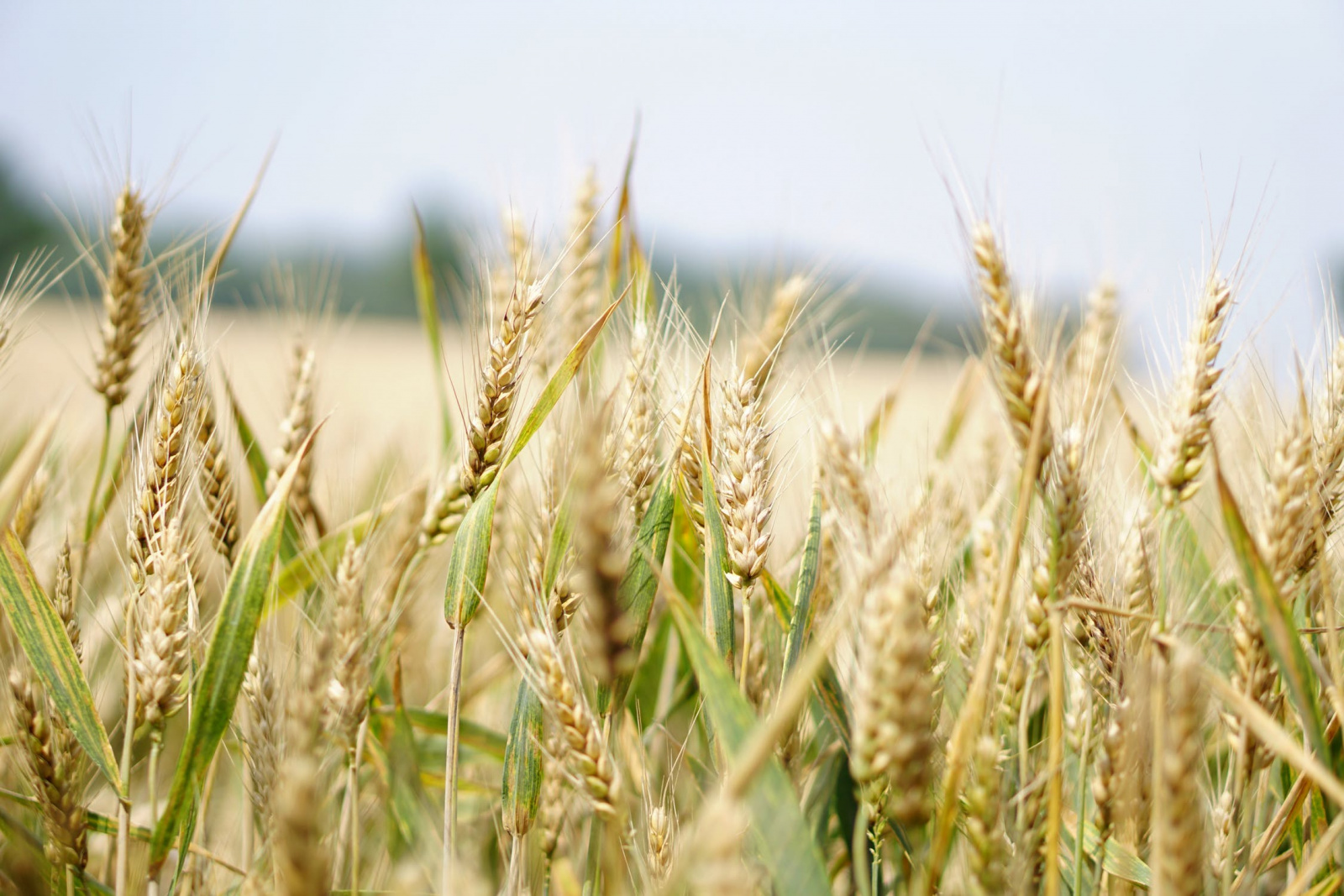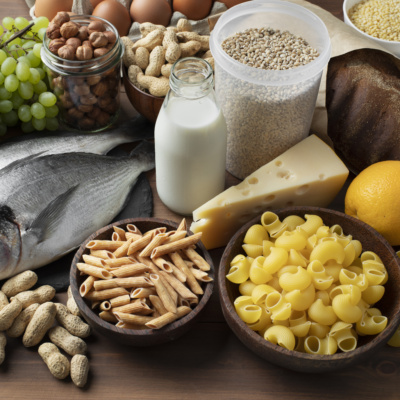top of mind news
- Lessons Learned: Six Leadership Skills that Increase Employee Retention
- 5 Secrets From Restaurant Industry Leaders
- How to Cost Your Menu for Maximum Profitability
- What’s Up with Airport Units?
- Restaurant Brands Have A New Consumer To Chase: Millennial Parents
the farm
Poultry
 For the week ending March 30th, broiler production was down modestly from the week prior, but moved 1.7% higher than a year ago. Slightly larger production schedules have pushed the six-week moving average up 1.1%, and given improving producer margins, further chicken output gains are expected heading deeper into Q2. Despite breaking modestly, the weekly average wing price remains in the lower $1.90s, but further seasonal declines are expected moving forward. Breast meat prices are on the rise, up sharply from early March, but further price gains may be tough to come by due mostly to larger chicken production expected this spring and summer.
For the week ending March 30th, broiler production was down modestly from the week prior, but moved 1.7% higher than a year ago. Slightly larger production schedules have pushed the six-week moving average up 1.1%, and given improving producer margins, further chicken output gains are expected heading deeper into Q2. Despite breaking modestly, the weekly average wing price remains in the lower $1.90s, but further seasonal declines are expected moving forward. Breast meat prices are on the rise, up sharply from early March, but further price gains may be tough to come by due mostly to larger chicken production expected this spring and summer.
Beef
 Last week, larger cattle harvests (up 1%) but at lighter weights left beef output down 0.7% from the year prior. Lighter carcasses continue to temper total beef production, bolstering prices, with the Choice cutout up 3% (yoy). The largest price gains continue to emanate from the middle meats (ribs and loins) which are expected to remain firm into Easter. The beef markets usually accelerate into the May/June timeframe. Still, larger cow slaughter is expected to keep a lid on domestic 90% trim prices, with trade in the $2.15 to $2.20 range likely throughout the summer. Imported 90% beef trim prices are at a $0.10 premium.
Last week, larger cattle harvests (up 1%) but at lighter weights left beef output down 0.7% from the year prior. Lighter carcasses continue to temper total beef production, bolstering prices, with the Choice cutout up 3% (yoy). The largest price gains continue to emanate from the middle meats (ribs and loins) which are expected to remain firm into Easter. The beef markets usually accelerate into the May/June timeframe. Still, larger cow slaughter is expected to keep a lid on domestic 90% trim prices, with trade in the $2.15 to $2.20 range likely throughout the summer. Imported 90% beef trim prices are at a $0.10 premium.
Pork
 Weekly pork production was down modestly from the week prior, but sizable year-over-year production gains remained, up 5% from 2018. Larger pork output pressured prices down through late February, but more aggressive interest as of late has pushed the USDA pork cutout to its highest (for last week) since 2014. Sharp price increases on the hams and bellies were the reason for the USDA move, with belly prices still near 45% over a year ago. Look for bellies to retreat from these high price levels, but a rise is still projected during the summer.
Weekly pork production was down modestly from the week prior, but sizable year-over-year production gains remained, up 5% from 2018. Larger pork output pressured prices down through late February, but more aggressive interest as of late has pushed the USDA pork cutout to its highest (for last week) since 2014. Sharp price increases on the hams and bellies were the reason for the USDA move, with belly prices still near 45% over a year ago. Look for bellies to retreat from these high price levels, but a rise is still projected during the summer.
The Sea
Seafood
 U.S. snow crab imports during February were 42.3% more than the previous year. But world snow crab supplies are expected to remain limited for the next several months. The 2019 Newfoundland snow crab quota is 26,894 metric tons, down 7.2% from last year and the smallest in recent history. This could underpin the snow crab leg markets this spring.
U.S. snow crab imports during February were 42.3% more than the previous year. But world snow crab supplies are expected to remain limited for the next several months. The 2019 Newfoundland snow crab quota is 26,894 metric tons, down 7.2% from last year and the smallest in recent history. This could underpin the snow crab leg markets this spring.
The Garden
Produce
 The avocado markets remain elevated due in part to slowed trade with Mexico. Last week, U.S. imports of Mexican avocados fell 13% from the previous week. The Hass Avocado Board is suggesting that avocado supplies could remain especially limited through the Easter Holiday. Further, supplies could be seasonally challenged deep into the spring which could limit any notable downside potential in the avocado markets. That said, history suggests that the risk in the avocado markets is lower during the summer.
The avocado markets remain elevated due in part to slowed trade with Mexico. Last week, U.S. imports of Mexican avocados fell 13% from the previous week. The Hass Avocado Board is suggesting that avocado supplies could remain especially limited through the Easter Holiday. Further, supplies could be seasonally challenged deep into the spring which could limit any notable downside potential in the avocado markets. That said, history suggests that the risk in the avocado markets is lower during the summer.
The kitchen sink
Dairy
The spot butter market continues to be steady, pricing near $2.250 for almost five weeks. February butter production was down 2.9% from the prior year. Still, higher class IV milk prices (vs. class III milk) are pushing more milk (cream) to butter producers which should boost stocks. This is likely to temper seasonal price gains for butter that usually occur in the spring. The cheese markets remain firm due in part to better demand and solid exports. February cheese output was .5% better than the prior year. Yet, the cheese block market likely has only modest upside potential from here.
Grains
 The USDA is estimating the U.S. winter wheat crop conditions at 60% of the crop in either good or excellent condition which is the best rating for this time of the year since 2012. Thus, good crop yields are anticipated. This could mitigate the upside potential for the various wheat markets during the spring.
The USDA is estimating the U.S. winter wheat crop conditions at 60% of the crop in either good or excellent condition which is the best rating for this time of the year since 2012. Thus, good crop yields are anticipated. This could mitigate the upside potential for the various wheat markets during the spring.
Oil
 Nearby natural gas futures have increased this past week but are down 7.9% this year. As of March 29th, domestic natural gas inventories were 16.8% smaller than the previous year. Prices usually firm during the spring. Since 2014, the average price move for nearby natural gas futures over the next six weeks was up 6.9%.
Nearby natural gas futures have increased this past week but are down 7.9% this year. As of March 29th, domestic natural gas inventories were 16.8% smaller than the previous year. Prices usually firm during the spring. Since 2014, the average price move for nearby natural gas futures over the next six weeks was up 6.9%.







